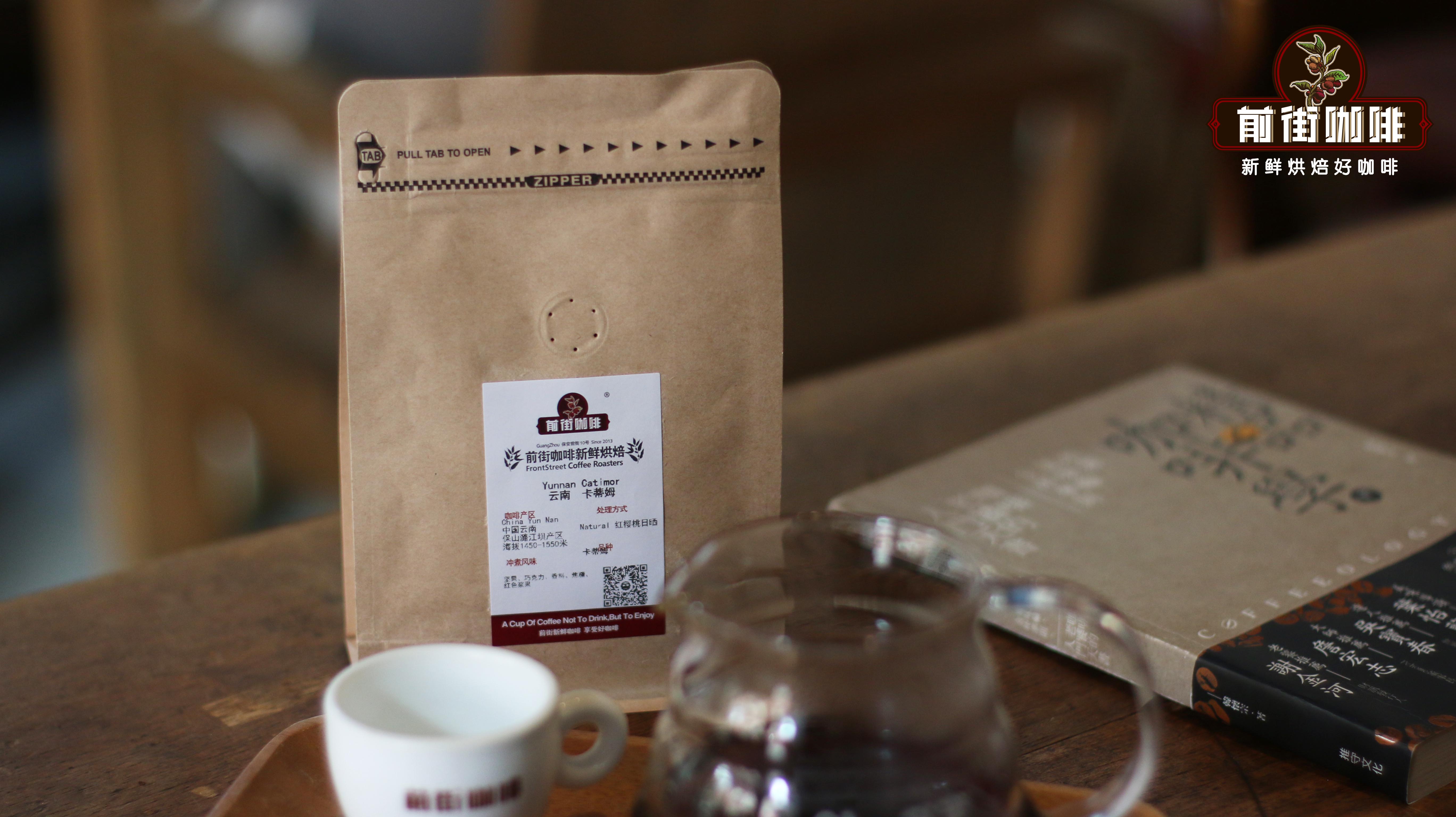The sun beans produced in Ethiopia in Yemen and East Africa are collectively known as mocha beans.

Professional coffee knowledge exchange more coffee bean information please follow the coffee workshop (Wechat official account cafe_style)
Yemeni coffee immediately reminds people of the magical sun-dried beans that taste thick and full, and the fantasy wild aromas of fermented tea are stacked in layers, as mysterious and elusive as the country of Yemen.
Yemen is located in Ethiopia across the Red Sea and East Africa. Yemen is the highest quality producer of natural sun coffee. The coffee produced by Yemen is called mocha beans. In fact, Mocha is a coffee export port. In the early days, sun beans from nearby East Africa were exported from the port of Mocha to all parts of the world, so the sun beans produced by Ethiopia, including Yemen and East Africa, are collectively called Moka beans.
The natural sun treatment in Yemen is to manually harvest fully ripe coffee beans and directly place the newly harvested coffee beans in a special coffee drying farm or in their own compacted soil front yard to receive the sun. During the period of drying rice in Taiwan, you usually have to turn with a wooden rake to keep each bean evenly dried. After about 20 days of coffee drying, remove the outer pulp and peel from the coffee beans. Yemen coffee is rich in flavor. Complicated? Wild? Mellow? With its strong fermented taste and low acidity, coupled with the fact that Yemen coffee often contains an uncertain factor (the time of rain in the season), it is not too much to call it the most special coffee in the world.
Yemeni coffee grows on steep land with little rainfall, poor land and insufficient sunlight. This unique and difficult condition that is not conducive to coffee growth has given birth to Yemeni mocha, which is irreplaceable in the coffee world. The main coffee producing area is Sanani? Matari? Yishi Mary (Ismaili).
Yemen is located in the southwestern tip of the Arabian Peninsula, with a tropical arid climate, with two hot and cool seasons a year, and a large coffee planting area. Yemeni coffee has a long history, coffee beans are the main crop in Yemen, Yemeni coffee beans are also very popular, which must have its unique features.
This is because Yemeni coffee is scattered among cliffs, vertical valleys, depressions, fields, terraces, plateaus and mountains, and even the same varieties will give birth to different fragrant elves due to different microclimate and soil quality, not to mention the wide variety of Yemeni coffee. Seasoned Yemeni coffee farmers can tell the variety and flavor of coffee from which hills, steep slopes, terraces, villages or areas the coffee comes from. In contrast, the monotonous flavor created by soil and water can not be compared with the single landform planted on a large scale in Brazil on the same plain or hill.
Yemeni dry lack of water, coffee beans are also relatively small, bean color is light green or yellowish. After the farmers harvest the red fruit, they put it on the roof of the farmhouse and expose it to the sun for two to three weeks to let the coffee fruit dry and hard.
END
Important Notice :
前街咖啡 FrontStreet Coffee has moved to new addredd:
FrontStreet Coffee Address: 315,Donghua East Road,GuangZhou
Tel:020 38364473
- Prev

How should I use the pressure pot to make coffee? What are the coffee beans suitable for pressing the pot?
Professional coffee knowledge exchange more coffee bean information Please pay attention to the coffee workshop (Wechat official account cafe_style) French filter kettle (French Press), also known as French pressure, from the name you can guess which country the inventor came from, because of its simple operation, and does not need supplies such as filter paper, it is almost a necessary coffee props for families in Europe and the United States. Common France
- Next

Yunnan small Coffee introduces the flavor and taste describes the characteristics of Yunnan small Katim coffee beans which brand is better
Professional coffee knowledge exchange more coffee bean information please follow the coffee workshop (Wechat official account cafe_style)
Related
- Detailed explanation of Jadeite planting Land in Panamanian Jadeite Manor introduction to the grading system of Jadeite competitive bidding, Red bid, Green bid and Rose Summer
- Story of Coffee planting in Brenka region of Costa Rica Stonehenge Manor anaerobic heavy honey treatment of flavor mouth
- What's on the barrel of Blue Mountain Coffee beans?
- Can American coffee also pull flowers? How to use hot American style to pull out a good-looking pattern?
- Can you make a cold extract with coffee beans? What is the right proportion for cold-extracted coffee formula?
- Indonesian PWN Gold Mandrine Coffee Origin Features Flavor How to Chong? Mandolin coffee is American.
- A brief introduction to the flavor characteristics of Brazilian yellow bourbon coffee beans
- What is the effect of different water quality on the flavor of cold-extracted coffee? What kind of water is best for brewing coffee?
- Why do you think of Rose Summer whenever you mention Panamanian coffee?
- Introduction to the characteristics of authentic blue mountain coffee bean producing areas? What is the CIB Coffee Authority in Jamaica?

